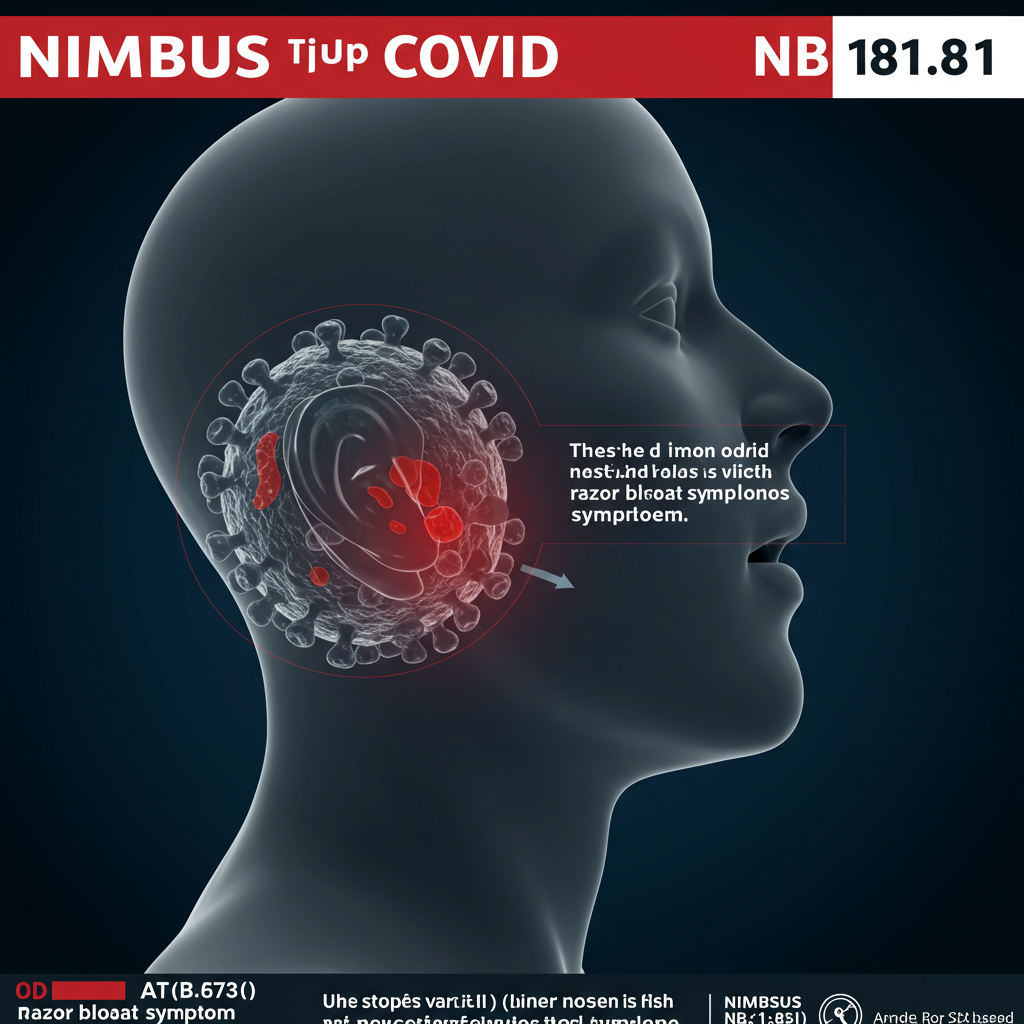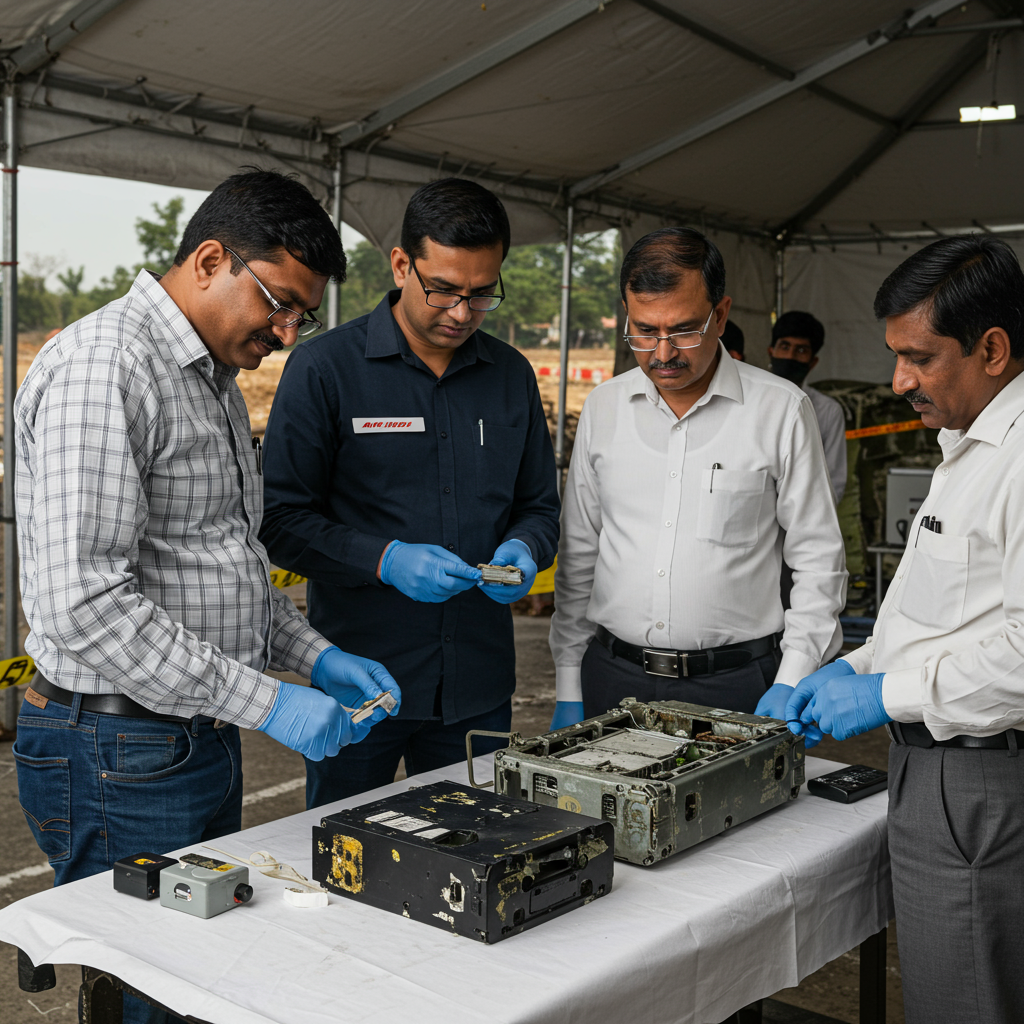A new COVID-19 variant has gained attention, not just for its rapid spread but for a particularly uncomfortable symptom described by some: a severe sore throat nicknamed “razor blade throat.” This variant, known formally as NB.1.8.1 and sometimes called “Nimbus,” is now one of the most common strains circulating, prompting questions about its symptoms, severity, and what you can do to protect yourself.
What is the NB.1.8.1 (‘Nimbus’) Variant?
NB.1.8.1 is a descendant of the Omicron lineage, specifically emerging from the recombinant variant XVD.1.5.1. The first sample was collected in China in January and it has since spread globally, reaching Europe and becoming increasingly prevalent in the United States.
The World Health Organization (WHO) currently designates NB.1.8.1 as a “variant under monitoring.” This means it warrants prioritized attention and tracking due to its characteristics, though it is not classified as a more serious “variant of interest” or “variant of concern” at this time.
How Easily Does NB.1.8.1 Spread?
Data indicates that NB.1.8.1 is highly transmissible. According to CDC estimates for the week ending June 7, it accounted for an estimated 37% of COVID-19 cases in the U.S., making it the second most dominant variant alongside LP.8.1.
Experts like Dr. Peter Chin-Hong, an infectious disease specialist at the University of California, San Francisco, suggest this increased transmissibility is linked to changes in the variant’s spike protein, which helps the virus attach to and infect human cells. The variant appears to attach more easily to ACE2 receptors on cells, facilitating its entry.
Understanding “Razor Blade Throat”
The most talked-about symptom associated with NB.1.8.1 is the “razor blade throat” nickname, used to describe an intensely painful sore throat that can make swallowing difficult. This pain arises when the virus directly infects and irritates the cells lining the throat.
While this symptom can be severe with NB.1.8.1, medical experts emphasize that severe sore throat is not unique to this specific variant or even to COVID-19 itself. Sore throats are common symptoms of many viral infections, including the common cold and flu, and can also be caused by bacterial infections (like strep throat), allergies, or irritants.
Dr. Aaron Glatt, chair of medicine at Mount Sinai South Nassau, notes that while severe sore throat isn’t specific to COVID, the “razor blade throat” term has been used by some patients with recent variants. Dr. Paulette Pinargote Cornejo at Ochsner LSU Health confirms they are seeing this particularly painful sore throat alongside other standard COVID symptoms with the “Nimbus” variant. Dr. Chin-Hong points out that sore throat is already reported by about 70% of COVID patients, and symptom severity always varies.
Are Symptoms Different with NB.1.8.1?
Aside from the potential for a very painful sore throat, the overall symptoms of NB.1.8.1 appear similar to those of previous COVID-19 variants. The CDC lists common COVID-19 symptoms, which can include:
Fever or chills
Cough
Shortness of breath or difficulty breathing
Sore throat
Congestion or runny nose
Loss of taste or smell
Fatigue
Muscle or body aches
Headache
Nausea or vomiting
Diarrhea
There is currently no evidence suggesting unique symptoms solely tied to NB.1.8.1 beyond the potential for an uncommonly painful sore throat within the known spectrum.
Is NB.1.8.1 More Severe?
Despite its high transmissibility and the dramatic “razor blade throat” symptom, experts currently believe NB.1.8.1 does not cause more severe illness overall compared to previous variants. Data so far indicates stable rates of overall cases and hospitalizations.
The WHO has assessed the global public health risk posed by NB.1.8.1 as low. Dr. William Schaffner, a professor of preventive medicine at Vanderbilt University Medical Center, states there is no evidence that this variant is more likely to cause hospitalization.
However, it’s crucial to remember that individuals in high-risk groups – such as those aged 65 and older, immunocompromised individuals, and people with underlying health conditions – are still vulnerable to severe outcomes if they contract COVID-19, including this variant.
Protecting Yourself Against NB.1.8.1
The good news is that the same protective measures effective against earlier variants are expected to work against NB.1.8.1:
Vaccination: Staying up-to-date with the latest recommended COVID-19 vaccines remains a key protection against severe illness, hospitalization, and death, particularly for high-risk groups. The CDC generally recommends updated 2024-2025 vaccines for most age groups. Discussion with healthcare providers is advised for children. While guidance and recommendations can evolve, vaccination is still seen as effective against circulating strains.
Hygiene: Practice good hand-washing and cover your mouth when coughing or sneezing.
Ventilation: Improve airflow indoors by opening windows or using air purifiers.
Masking: Consider wearing a mask in crowded indoor settings, especially if you are at higher risk or local transmission levels are high.
Testing: If you develop symptoms, test for COVID-19 using rapid at-home tests, which are effective. Free testing programs may also be available for uninsured individuals.
Managing a Painful Sore Throat
If you experience a severe sore throat, whether due to COVID-19 or another cause, symptomatic relief is often the focus:
Gargle with warm salt water.
Use throat lozenges (for ages 4+).
Consume honey (for ages 1+).
Suck on ice chips or popsicles.
Use a clean humidifier or cool mist vaporizer.
Drink warm fluids like tea.
Consider over-the-counter anti-inflammatory pain relievers like ibuprofen (consult a healthcare provider, especially for children).
When to Seek Medical Attention
Most sore throats improve within a week. However, seek medical advice if:
Your severe sore throat persists beyond a week.
You have symptoms that could indicate strep throat (sudden fever, sore throat with white patches, swollen lymph nodes, headache, chills, loss of appetite, difficulty swallowing). Strep throat requires antibiotics to prevent complications.
You develop more severe COVID-19 symptoms like trouble breathing, persistent chest pain or pressure, new confusion, or inability to stay awake.
- You experience weight loss, food feeling stuck in your throat, or new/worsened shortness of breath.
- abcnews.go.com
- www.today.com
- www.aol.com
- www.healthline.com
- www.foxla.com
While COVID-19 may feel like just another cold for some, experts caution against underestimating it. Infections can still be debilitating, lead to missed work, spread to vulnerable individuals, and contribute to long COVID. Monitoring new variants like NB.1.8.1 remains important as the virus continues to mutate.




